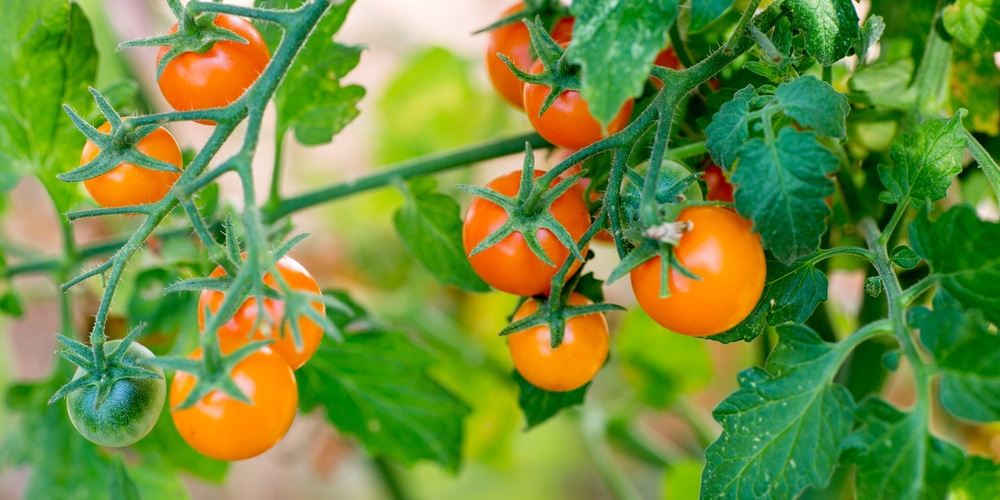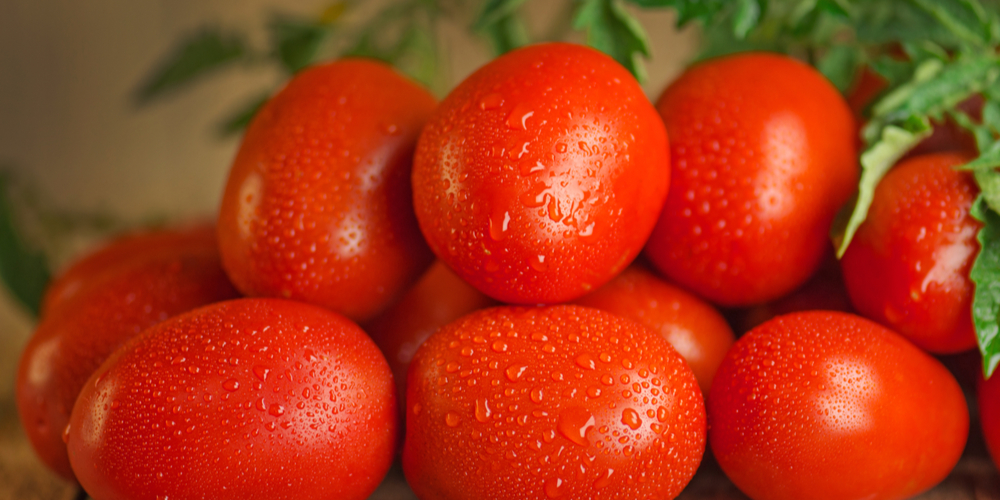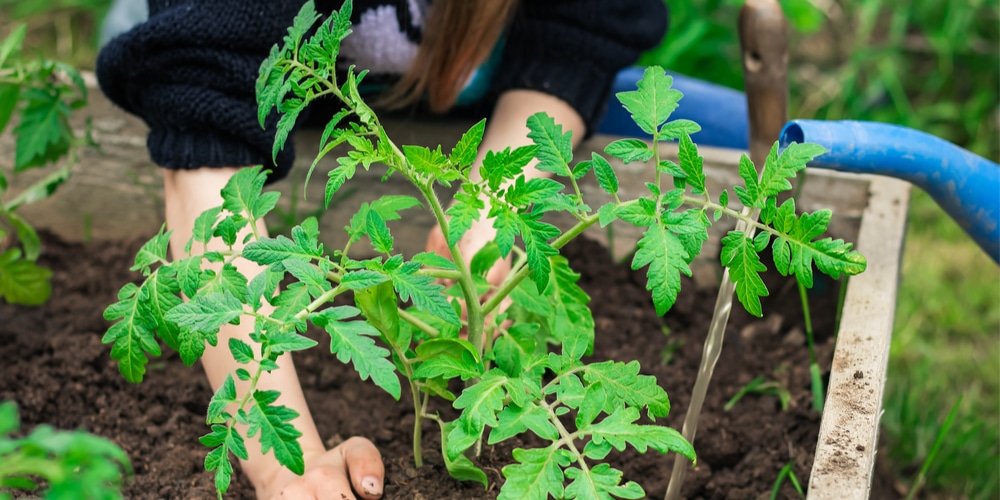As a result of the unpredictable nature of Indiana’s weather, gardening can be a difficult undertaking. Zone 6b is the USDA Plant Hardiness Zone for Indiana’s southernmost tip. Zone 5b is for the vast majority of the state’s northern half. As a result, the final frosts in Indiana often occur between the second week of April and the second week of May, depending on the region.
You should plant your tomatoes six to eight weeks before the last frost date in your region if you are beginning to grow them from seed, even if they are Black Russian tomato seeds, Dixie Red tomatos, Campari, Oxheart, Roma, or any other hybrid as well as cultivar you are interested in.
The ideal time to plant seeds inside is before the first frost, whereas the best time to plant transplants (seedlings acquired from a nursery) is after the last frost has gone.
When Should Tomatoes Be Planted in Indiana – Seeds or Transplants?

To start your tomatoes from seed, grow them in little pots that are designed for seeds. Plant seeds approximately six to eight weeks before the projected last frost date. As the seeds germinate and sprout into seedlings, thin them out and keep just the strongest ones.
If you are purchasing seedlings or transplants, look for ones that have a thick stem and are quite healthy. The thickness of a pencil is great. Any seedlings that are fading or looking lanky should be avoided if at all possible. Remove any blooms that may be present. Because of the low night temperatures, the fruit may be unable to develop at this point.
What Are the Best Varieties of Tomatoes To Grow in Indiana?
This does not imply, however, that tomatoes in Indiana have a difficult time coping with the state’s fluctuating weather. Many different tomato cultivars, including indeterminate (bigger, stronger-growing plants), determinate (smaller-growing plants), and cherry/grape (smaller-sized fruits), can all thrive under the right conditions.
When it comes to the region of Indiana, wilt diseases seem to be a massive issue. If wilt has been an issue for your tomatoes or indeed any plants in the past, it’s a good idea to choose tomato cultivars that are wilt resistant. Both cultivars have been marked with the letters ‘F’ (Fusarium wilt) as well as ‘V’ (Verticillium wilt) (Verticillium wilt). The certification can be found on the label of the product.
Climatological Considerations Affecting Tomato Planting Dates in Indiana
Tomatoes do nicely in Indiana when the weather warms up. During the night, you may plant your seedlings outside as long as the temperature is above 45 F. The onset of spring in northern Indiana is typically around the middle of May.
From mid-April onward, evening temperatures in southern Indiana will frequently remain above 45 degrees Fahrenheit. Because of the wide range of microclimates in central Indiana, forecasting the arrival of rain is a little more difficult. In general, the best time to visit central Indiana would be towards the end of April.
Transplanting Into the Garden
The abundance of sunlight will be beneficial to your tomatoes. Try to locate a location in your garden that receives at least six hours of direct sunlight every day. Tomatoes also want soil that is rich and well-drained. When their roots are submerged in water, they become irritated. They do, however, want to be well-watered on a regular basis.
Indiana is home to the black walnut, which is a natural tree that may be found everywhere. Planting tomatoes in close proximity to black walnut trees is not a good idea. Plant your tomatoes far enough away from the canopy of the black walnut trees, if you do have some in your garden. The tomato plants don’t have to contend for water as a result of this arrangement.
If you’re planting determinate tomato plants, then position your tomatoes between 18 and 24 inches apart and in rows if you’re growing them in containers. It is recommended that the gap between rows be roughly three feet in length. This leaves ample room for hand watering to take place.
Plant indeterminate tomato types (which are more robust than determinate tomato varieties) at least 24 inches off within rows, as well as three to four feet apart between rows for best results. If there isn’t enough rain (at minimum one inch per week), make sure to fully water your tomatoes.
You may also like: Best Fruit Trees to Grow in Indiana

